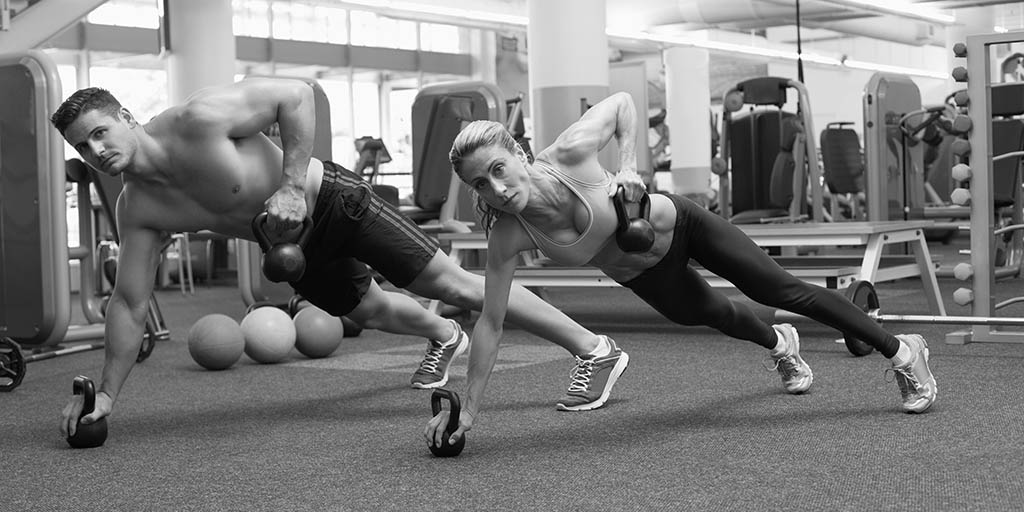Health and Fitness: All about arm training
 CREDIT: WAVEBREAKMEDIA LTD (THINKSTOCK)
CREDIT: WAVEBREAKMEDIA LTD (THINKSTOCK)Arm training can be intimidating, but with the right help and fi tness routine, that fear can disappear.
It's time to pump things up. Strong arms have practical uses such as getting up from the floor, carrying heavy items, scaling tall fences, batting a baseball, ninja competitions and more.
I often see, mostly with women, people who come to work out and either just do cardio or attend classes and stay away from grabbing the heavier weights.
The majority of women in this case are usually afraid of adding too much bulk. This is highly unlikely, given the amount of estrogen we produce.
Yes, there are some people who are genetically pre-disposed to getting more of a bulkier look, but you can still maintain your womanly figure with quality strength training.
For men in this scenario, it tends to be because they are really just not sure where to start and are embarrassed to ask for help.
So where do you start?
If you have not done much upper body training, start with asking a trainer for help (i.e. booking a free orientation at the Student Wellness Centre).
A good idea would be to start with conditioning machines. These machines help you to get into the correct form and allow you to build up strength and range of motion needed for progression to body weight or free weight exercises.
Choose compound machines (using a larger grouping of muscles) first, before isolated (single or smaller muscle groups) exercises.
Compound: Chest Press, Shoulder Press, Seated Row, Pull up/ chin up. Isolated: back fly, chest fly, dips, triceps extension, and biceps curl. Choose a weight you can only do either eight to 12 times (power & toning), or five to eight times (strength building). Perform two to three sets each.
Once you've mastered the machines, time to meet with a trainer again and start to incorporate some body weight and free weight exercises. This can be tricky and is very goal specific.
For example, Person A wants to improve athletic performance so a combination of body weight, suspension band and light to medium barbell training might work for them.
Person B is looking to improve strength because their job and or lifestyle involves heavy lifting so they may benefit from heavy barbell and dumbbell training.
Person C wants to live a healthy life and be able to do daily activities without feeling like their arms are noodles. This person may benefit from mostly dumbbell training and some suspension band training.
These are just general examples, so that's why it's important to tell a trainer your specific goals so they can find the best mix for you. Some key barbell exercises to start with would be bench press, bent over row, overhead press, lat pullover, front raise, biceps curl and triceps extension.
Suspension band training is a great way to add stability and some starting exercises would be chest press, low row, Y-pull, triceps extension and biceps curl.
Body weight training is something you can do anywhere, starting with push-ups, dips, pull/chinups, planks and walking planks.
If you can perform more than the suggested number of reps, then it's time to increase the weight. If you want shapely, strong arms, you'll need to put in the work. Come to the Student Wellness Centre for help in adding quality arm exercises to your workout.














